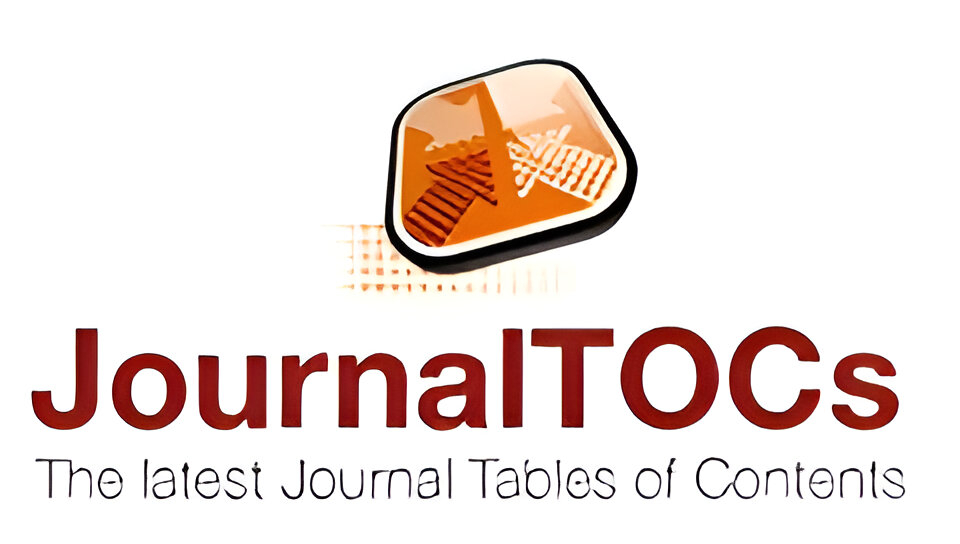Delay Analysis for current mode threshold logic gate design
Abstract
Threshold logic gates are gaining more importance
in recent years due to significant development in
switching devices. This renewed the interest in high
performance and low power circuits with threshold
logic gates. Threshold Logic Gates can be
implemented using both the traditional CMOS
technologies and the emerging nano electronic
technologies. In this dissertation, we have
performed performance analysis on Monostable
Bistable Threshold Logic Element based, current
mode, and memristor based threshold logic
implementations. Existing analytical approaches
that model the delay of a Monostable-Bistable
Threshold Logic Element threshold logic gate
cannot explore the enormous search space in the
quest of weight assignments on the inputs and
threshold in order to optimize the delay of the
threshold logic gate. It is shown that this can be
achieved by using a quantity that depends on the
constants and Resonant Tunnel Diode weights. This
quantity is used to form an integer linear program
that optimizes the performance and ensure that each
weight can tolerate a predetermined variation by an
appropriate weight assignment in a threshold logic
gate.
The presented experimental results
demonstrate the impact of the proposed method. The
optimality of our solutions and the reported
improvements ensure tolerance to potential
manufacturing defects. Current mode is a popular
CMOS-based implementation of threshold logic
functions where the gate delay depends on the
sensor size. A new implementation of current mode threshold functions for improved performance and
switching energy is presented. An analytical method is also proposed in order to identify quickly the
optimum sensor size. Experimental results on
different gates with the optimum sensor size indicate
that the proposed method outperforms consistently
the existing implementations, and implements high
performance and low power gates that have a very
large number of inputs. A new dual clocked design
that uses memristors in current mode logic
implementation of threshold logic gates is also
presented. Memristor based designs have high
potential to improve performance and energy over
purely CMOS-based combinational methods. The
proposed designs are clocked, and outperform a
recently proposed combinational method in
performance as well as energy consumption. It is
experimentally verified that both designs scale well
in both energy consumption as well as delay.











